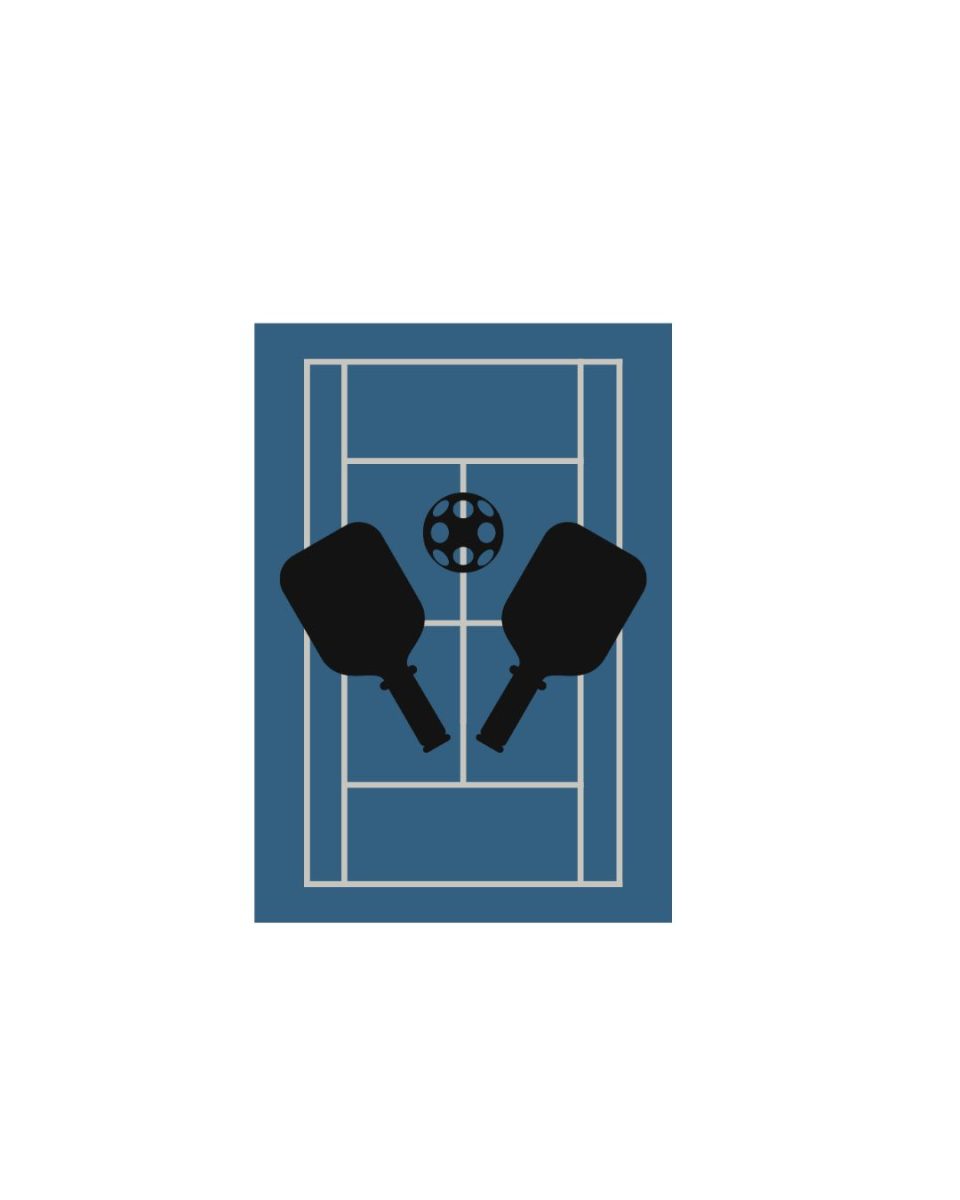A club on Rowan’s campus is out to show that even when the people of the world seem divided, they are still connected by the planet.
In honor of Geography Awareness Week the Rowan Geo Club in part with the New Jersey Geographic Alliance are hosting a series of events on Rowan’s campus to better connect students and people with the world around them. This year’s theme is Civil Rights.
This week includes several events to educate people about local and historical Geography organized by the GEO Club.
Those events include:
- A screening of CNN’s A Long March to Freedom, in Robinson Hall room 302 on Nov. 11 and room 302 at 5 p.m.
- A free screening of Al Gore’s An Inconvenient Sequel, in the Edleman Planetarium in the Science Hall at 6 pm on Nov. 11.
- A presentation of “The Underground Railroad” by Guest Lecturer Elise Cisko in Robinson Hall room 302 at 11 p.m on Nov. 15.
- A Geographic Information Systems Day Mapathon, a map creation event in the Geography Department Computer Lab hosted by Professor Shane Walsh, from 12:30 p.m. to 1:45 p.m.
- A hike through the New Jersey Pine Barrens on Nov. 19.
“One of the tasks of the alliance is to promote Geography Awareness Week,” said advisor for the GEO club Richard Federman. “Because the alliance is housed at Rowan, we are turning this into a big deal and event.”
The purpose of the alliance is to encourage geographic education at the K-12 level but the GEO club is working to bring geography education to the students at Rowan.
“From a local perspective we really wanted to get the rowan commmunity and student body involved,” said GEO Club President Andrew Tess. “A few ways we thought we could do this were through contemporary films like Al Gore’s An Inconvenient Sequel.”
Throughout the week the club is also encouraging people to commit “Random Acts of Geography” where people share interesting geography related information through social media apps like Facebook, Twitter and Instagram.
The largest event of the week, the map-athon, a spontaneous mapping event where GIS students and other people work together to add data to maps that have been struck by natural disasters, that are underrepresented in the Geographic database.
“It’s neat because our students and just everyday people can get together for an hour and create real maps that will be used by policy makers and emergency responders” Federman said.
For comments/questions about this story, email [email protected] or tweet @TheWhitOnline.
























































































































































!["Working with [Dr. Lynch] is always a learning experience for me. She is a treasure,” said Thomas. - Staff Writer / Kacie Scibilia](https://thewhitonline.com/wp-content/uploads/2025/04/choir-1-1200x694.jpg)









































